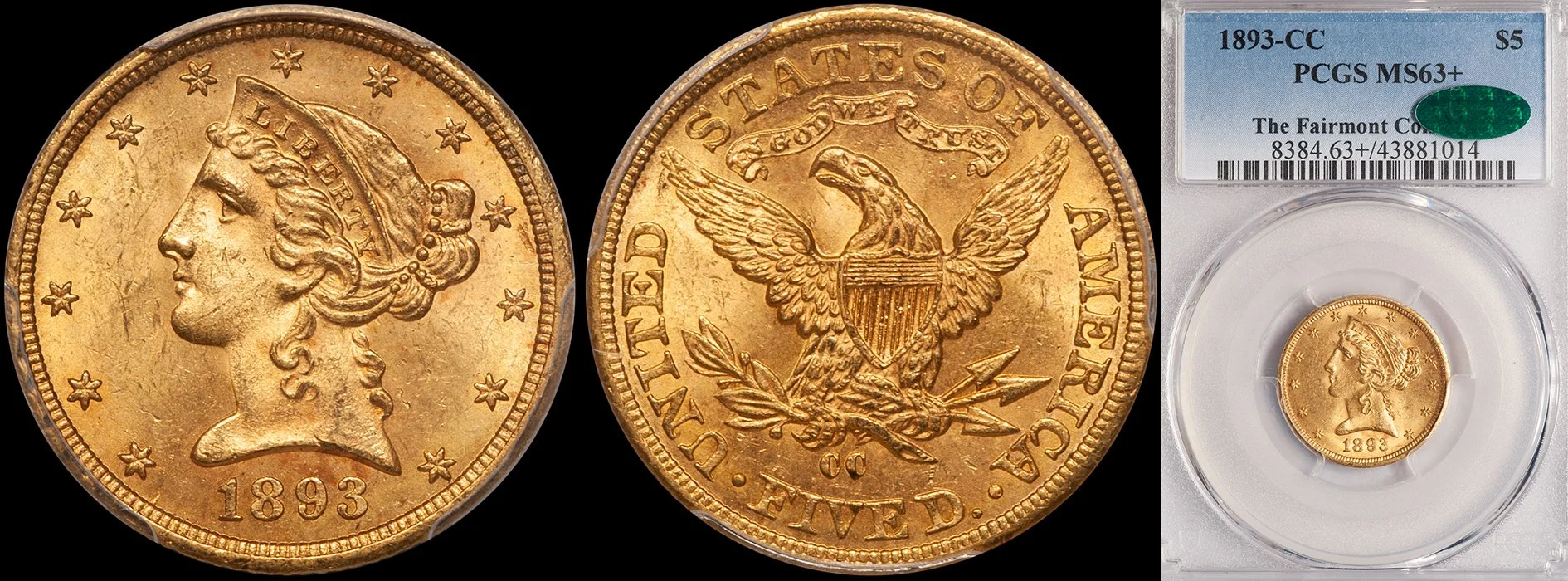"Fundamental" vs. "Grade" Rarity
/When discussing “rarity” it is important to realize that there are two different types of rarity. These are “fundamental rarity” and “grade rarity.” Fundamental rarity refers to the overall rarity of an issue. A coin like a 1796 No Stars quarter eagle is fundamentally rare in any grade. The value of such a coin is due primarily to its rarity and not its grade. There is a high level of demand for this issue, even in very low grades. If you have a 1796 No Stars quarter eagle that looks like it was run over by a train, someone is still going to buy it.
A coin that is a grade rarity is one that is considered rare solely because of its high grade. A classic example of this is a 1920 Saint Gaudens double eagle. This is a common issue in the lower Uncirculated grades and it is only moderately scarce and desirable in MS63 to MS64. But it is extremely rare in MS65 and there is a dramatic jump in price between MS64 and MS65.
From my personal viewpoint, I like coins that are fundamental rarities. As someone who has a significant amount of money invested in coins (i.e., my inventory) I feel a lot better buying a coin that is considered desirable by virtue of its rarity in any grade than one that is desirable ONLY because of its high grade.
Some coins are “hybrids” which can be considered both fundamental rarities and condition rarities. As an example, a Proof Barber quarter is a relatively scarce coin with most issues having mintages figures below 1,000. Even an Impaired Proof has a degree of collector value. But at what point in the grading continuum does a Proof Barber Quarter morph from a fundamental rarity to a condition rarity? I’m not certain that I know the answer but I do know that once Proofs of this design are graded PR67 or higher, they become less interesting to me.
Another factor to consider is this. What if third-party grading ended tomorrow and slabs no longer had any relevance? In this scenario, a coin like an 1854-D Three Dollar gold piece would still be considered a desirable numismatic item with many potential buyers. But would a PR68 Barber quarter be considered four or five times “better” than a pretty, lightly hairlined piece that had previously been in a PR64 slab? I’m not sure I know the answer but…
These are interesting questions that the collector needs to ponder as he decides what his next purchase will be.










